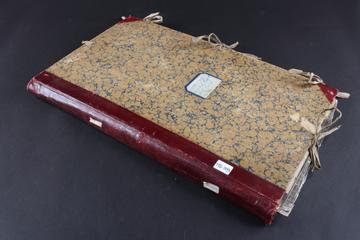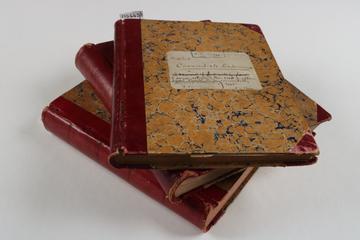
Boys, Charles Vernon 1855 - 1944
- Nationality:
- English; British
Charles Vernon Boys was born on 15 March 1855. He was a British physicist, known for his careful and innovative experimental work. He was educated at Marlborough College from 1869 and the Royal School of Mines from 1873, where he learned physics from Frederick Guthrie and taught himself higher mathematics while completing a degree in mining and metallurgy. As a student at the School of Mines he invented a mechanical device (which he called the "integraph") for plotting the integral of a function. He worked briefly in the coal industry before accepting Guthrie's offer of a position as "demonstrator."
Boys achieved recognition as a scientist for his invention of the fused quartz fibre torsion balance, which allowed him to measure extremely small forces. He used his invention to build a radiomicrometer capable of responding to the light of a single candle more than one mile away, and used that device for astronomical observations. In 1888 he was made a Fellow of the Royal Society.
Boys' work on calorimetry was used by the government to price natural gas by energy content rather than volume. He also worked on high-speed photography and conducted public lectures on the properties of soap films, which were gathered into the book Soap Bubbles: Their Colours and the Forces Which Mould Them, a classic of scientific popularization which remains in print today. Boys was a professor at the Royal College of Science (now Imperial College London) in South Kensington from 1889 to 1897, as well as an examiner at the University of London.
In 1899 he presented the Royal Institution Christmas Lectures. He was elected to the Royal Society in 1888 and knighted in 1935. He was awarded the Royal Medal in 1896 and the Rumford Medal in 1924. Boys died on 30 March 1944.
